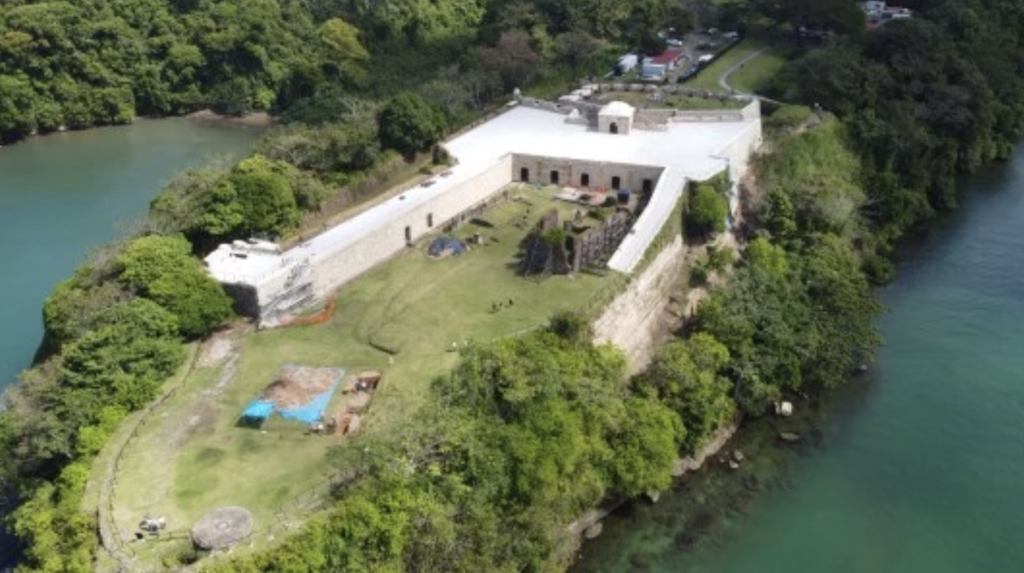
Panamanian archaeologists have found ceramics and stone tools of the pre-Columbian order in a small place adjacent to the castle of San Lorenzo in the province of Colón.
The findings, in the Chagres area, on the Panamanian Atlantic coast are the first evidence of a human culture in the region before the arrival of Europeans.
The excavations, carried out in the Castle and on the site of the town of Chagres (both from the Colonial period), were led by archaeologists Tomás Mendizábal of the Center for Anthropological and Cultural Historical Research (CIHAC AIP) and Jean-Sébastien Pourcelot of the Interoceanic Canal Museum.
The discovery was made during the analysis of the excavated materials, which were practiced in the laboratories of the Smithsonian Tropical Research Institute in Naos. When analyzing and categorizing the recovered remains, the evidence of the Pre-Columbian settlement emerged, on which Chagres was later established.
Mendizábal indicated that the most amazing thing was to find, at several points, pre-Columbian material. “This was a surprise for us, since we had neither previous chronicles, nor archaeological reports of the area that indicated the existence of a pre-Columbian site in the vicinity, at the time of contact (16th and 17th centuries),” he said. “The materials found seem to indicate that the site is older, at least before the 16th century, but we have yet to confirm this,” he added.
It was revealed that the archaeological materials studied come from two sites: 95% of the archaeological prospecting that was done on the remains of the ancient town of Chagres and the remaining 5% of the trench that was excavated in the moat of the third Castle of San Lorenzo, buried under the current fortress.
The Hispanic materials found in the excavations are also important, since they confirm the global connectivity that Chagres maintained as a crucial part of the transisthmic route, defended by the castle.
The research also brings new questions, since a pattern of material culture on the Caribbean side has emerged that is a little different from the one observed for the same period on the Pacific coast and especially in the old town of Panama. “There are some things that appear in Panama, that do not occur in the Caribbean and vice versa,” Mendizábal said. “Now we have to sit down and think about why and clarify what is happening, but we are seeing those differences,” the archaeologist added.